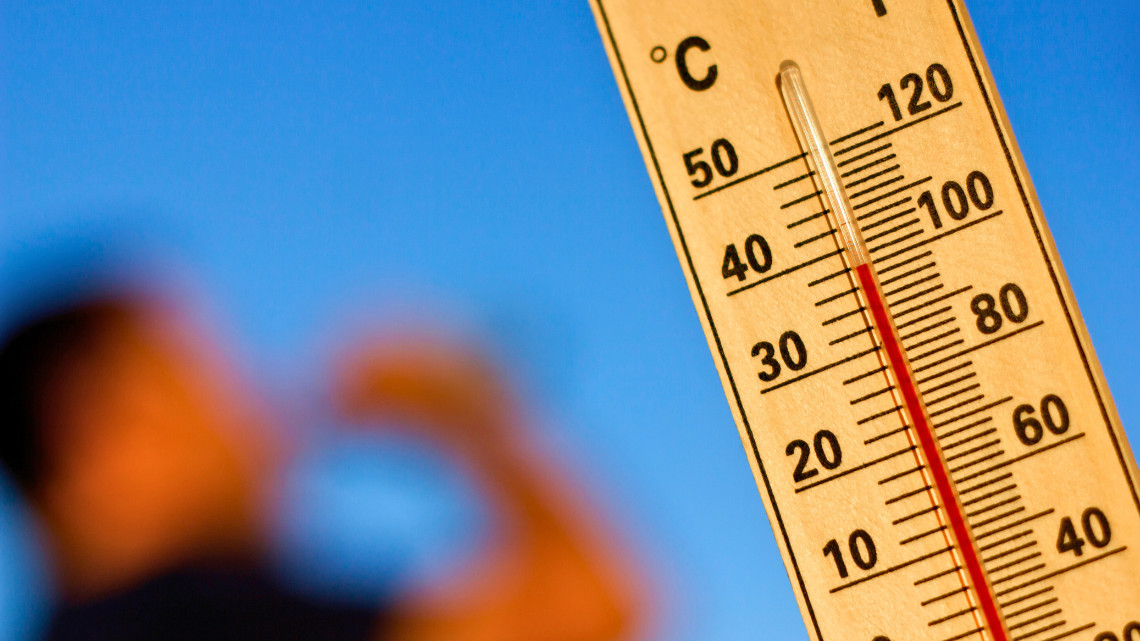
With the recent excessive heat warnings in Michigan it is critical for employers to ensure the the safety and well-being of employees working outdoors. Heat-related illnesses, such as heat exhaustion and heat stroke, can pose serious health risks. To protect outside workers from the heat, employers must implement comprehensive strategies that address hydration, acclimatization, work schedules, protective clothing, and training.
Here are seven guideline recommended to keep your outdoor employees safe:
1. Promote Hydration
Ensuring that workers have access to plenty of water is paramount. Employers should provide ample supplies of cool drinking water and encourage workers to drink at least one cup every 15-20 minutes, even if they are not thirsty. Dehydration is a major risk factor for heat-related illnesses, so maintaining proper hydration levels is essential.
2. Allow for Acclimatization
Acclimatization is the process by which the body gradually adapts to working in high temperatures. Employers should introduce new workers to hot environments gradually over a period of 7-14 days. This process helps to reduce the risk of heat stress by allowing the body to build up a tolerance to the heat. It’s particularly important for new employees and those returning from extended periods away from work.
3. Adjust Work Schedules
Scheduling work during cooler parts of the day, such as early mornings or late afternoons, can significantly reduce heat exposure. Employers should also implement more frequent rest breaks in shaded or air-conditioned areas. During periods of extreme heat, it may be necessary to modify workloads or even postpone non-essential tasks.
4. Provide Protective Clothing and Equipment
Employers should ensure that workers wear lightweight, light-colored, and loose-fitting clothing, which can help keep the body cool. Hats, sunglasses, and sunscreen with a high SPF are also essential to protect against harmful UV rays. For certain tasks, cooling vests or dampened clothing may provide additional relief from the heat.
5. Educate and Train Workers
Training is crucial for helping workers recognize the signs and symptoms of heat-related illnesses. Employers should conduct regular training sessions on the dangers of heat stress, prevention strategies, and emergency response procedures. Workers should be educated on how to recognize symptoms such as dizziness, headaches, nausea, and confusion, both in themselves and their coworkers.
6. Implement a Buddy System
A buddy system pairs workers to monitor each other for signs of heat stress. This approach ensures that any symptoms are quickly identified and addressed, reducing the risk of serious health issues. Encouraging teamwork and communication can significantly enhance on-site safety.
7. Emergency Preparedness
Employers must have clear emergency procedures in place. This includes having a plan for rapidly cooling down workers showing signs of heat-related illnesses, such as moving them to a shaded area, providing cool water, and applying cool compresses. In severe cases, emergency medical services should be contacted immediately.
By adopting these strategies, employers can create a safer and healthier work environment for their outdoor workers. Proactive measures not only protect employees but also enhance productivity and morale, leading to a more resilient and efficient workforce.
ASE Connect
ASE has curated the following heat related resources:
- MIOSHA sample heat illness prevention plan
- Workplace Heat Illness Prevention PowerPoint (MIOSHA training that covers heat illness prevention, first aid, employee rights under the MIOSH Act, and additional resources)
- Heat Illness Prevention (federal OSHA)
- Fact Sheet: Protecting Workers from the Effects of Heat (federal OSHA)
- MIOSHA Agency Instruction: Heat-related Illness — State Emphasis Program (SEP)
- MIOSHA CET Guidelines for Combating Heat Stress
By Heather Nezich, courtesy of SBAM-approved partner, ASE.
Click here for more News & Resources.